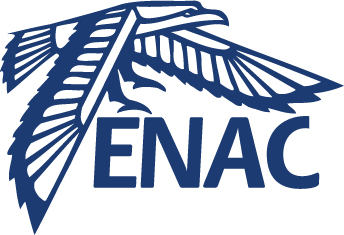multi-dimensional Cloud-aERosol Exploratory Study using RPAS (mCERES): Bottom-up and top-down closure of aerosol-cloud interactions
Résumé
Clouds are omnipresent in earth's atmosphere and constitute an important role in regulating the radiative budget of the planet. However, the response of clouds to climate change remains uncertain, in particular, with respect to aerosol-cloud interactions and feedback mechanisms between the biosphere and atmosphere. Aerosol-cloud interactions and their feedbacks are the main themes of the European project FP7 BACCHUS (Impact of Biogenic versus Anthropogenic Emissions on Clouds and Climate: towards a Holistic Understanding). The National Center for Meteorological Research (CNRM-GAME, Toulouse, France) conducted airborne experiments in Cyprus and Ireland in March and August 2015 respectively to link ground-based and satellite observations. Multiple RPAS (remotely piloted aircraft systems) were instrumented for a specific scientific focus to characterize the vertical distribution of aerosol, cloud microphysical properties, radiative fluxes, 3D wind vectors and meteorological state parameters. Flights below and within clouds were coordinated with satellite overpasses to perform 'top-down' closure of cloud micro-physical properties. Measurements of cloud condensation nuclei spectra at the ground-based site have been used to determine cloud microphyical properties using wind vectors and meteorological parameters measured by the RPAS at cloud base. These derived cloud properties have been validated by in-situ RPAS measurements in the cloud and compared to those derived by the Suomi-NPP satellite. In addition, RPAS profiles in Cyprus observed the layers of dust originating from the Arabian Peninsula and the Sahara Desert. These profiles generally show a well-mixed boundary layer and compare well with ground-based LIDAR observations.
Domaines
Sciences de l'ingénieur [physics]| Origine | Fichiers éditeurs autorisés sur une archive ouverte |
|---|
